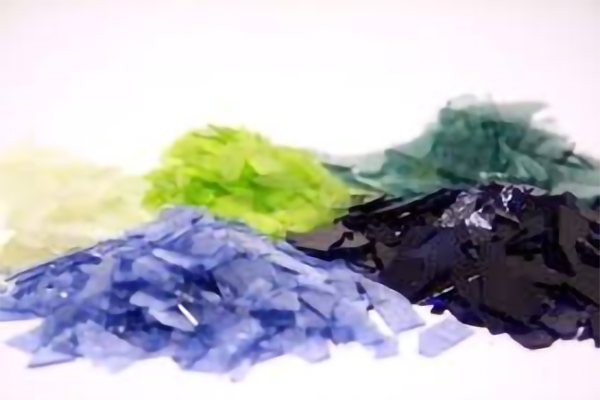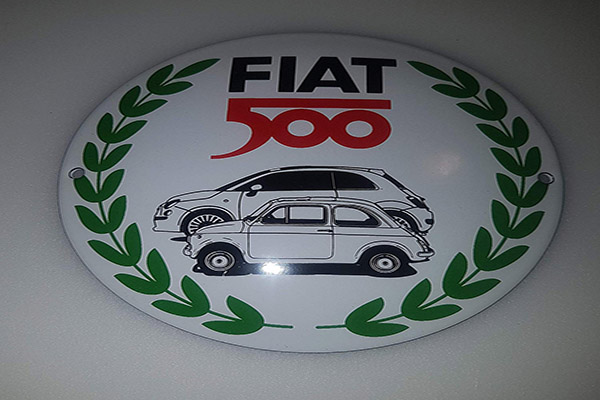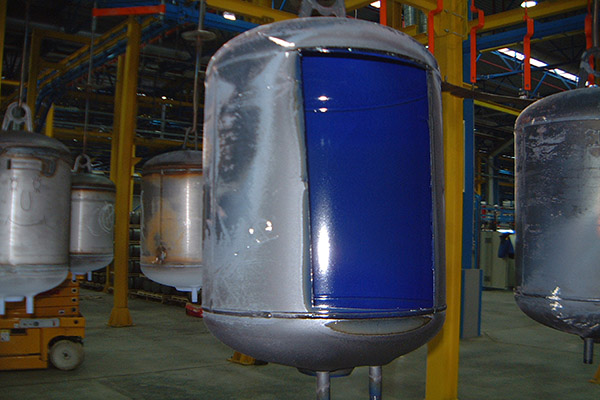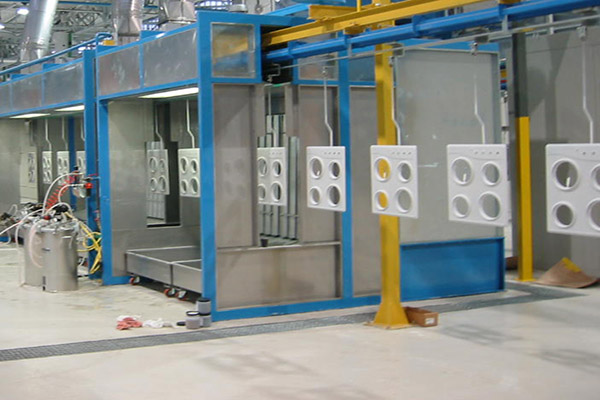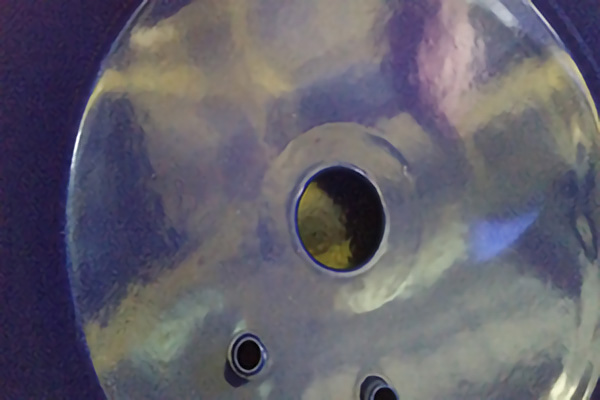Porcelain enamel: what is it?
PRECIOUS, SHINY AND RESISTANT
Even the ancient cultures (Persians, Egyptians, Greeks, Celts, Georgians and Chinese) have known and used enamel to decorate and add light and colour to jewellery and ornaments, even developing highly sophisticated techniques. Thanks to enamel resistance these objects have maintained their splendour and decorations intact over the centuries.
GLASS AND METAL: HOW ENAMEL IS MADE
Porcelain enamel is an inorganic and vitreous coating used on metals for protective, functional and decorative purposes. After applying enamel to the base surface, vitrification firing is carried out at a very high temperature. This procedure triggers chemical and physical reactions between the two surfaces which create a new material combining the properties of glass (hygiene and hardness) and those of the metal surface base (resistance, formability and lightness). Rarely the combination of two different materials gives such brilliant and versatile results, both in terms of aesthetics and performance. For this reason porcelain enamel has always registered increasing growth, in parallel with the search for new applications and formulae, complying to ever increasing strict requirements.
PORCELAIN ENAMEL PROPERTIES
Resistance
- to heat (450°C)
- to cold (-50°C) and to heat (450°C)
- to thermal shock and atmospheric agents
- organic solvents
- to scratching and abrasion (Mohs hardness 5.5 – 7.5)
Hygiene and non-toxicity
- the non-porous surface prevents the implantation and development of bacteria colonies, mould and dirt
- chemically inert, enamel does not absorb smells and does not release harmful substances
Easy cleaning
- does not require any special maintenance
Appearance
- can be coloured in an extremely wide range of gloss, matt and semi-matt tones
- the surface is smooth, compact and with a perfect finishing
Colour resistance
- colours remain intact, bright and shiny over time, even under the effect of light, UV rays and atmospheric agents
Environment-friendly
- enamel is a natural and environmentally friendly product, fully recyclable
PORCELAIN ENAMEL APPLICATIONS
On an industrial scale, enamel is used above all as a protection for ferrous materials (steel and cast iron) subject to rapid deterioration, rust and corrosion: enamelling protects them over time. In recent years applications have increasingly extended also to products with less corrodible surfaces bases (aluminium, copper, stainless steel). This is a valid confirmation of the aesthetic, functional of this material. For these reasons porcelain enamel has been used most extensively in the home: from pans to kitchen utensils, from sanitaryware to electrical appliances and components for building.
Thanks to CISP Centro Italiano Smalti Porcellanati www.cisp.it


